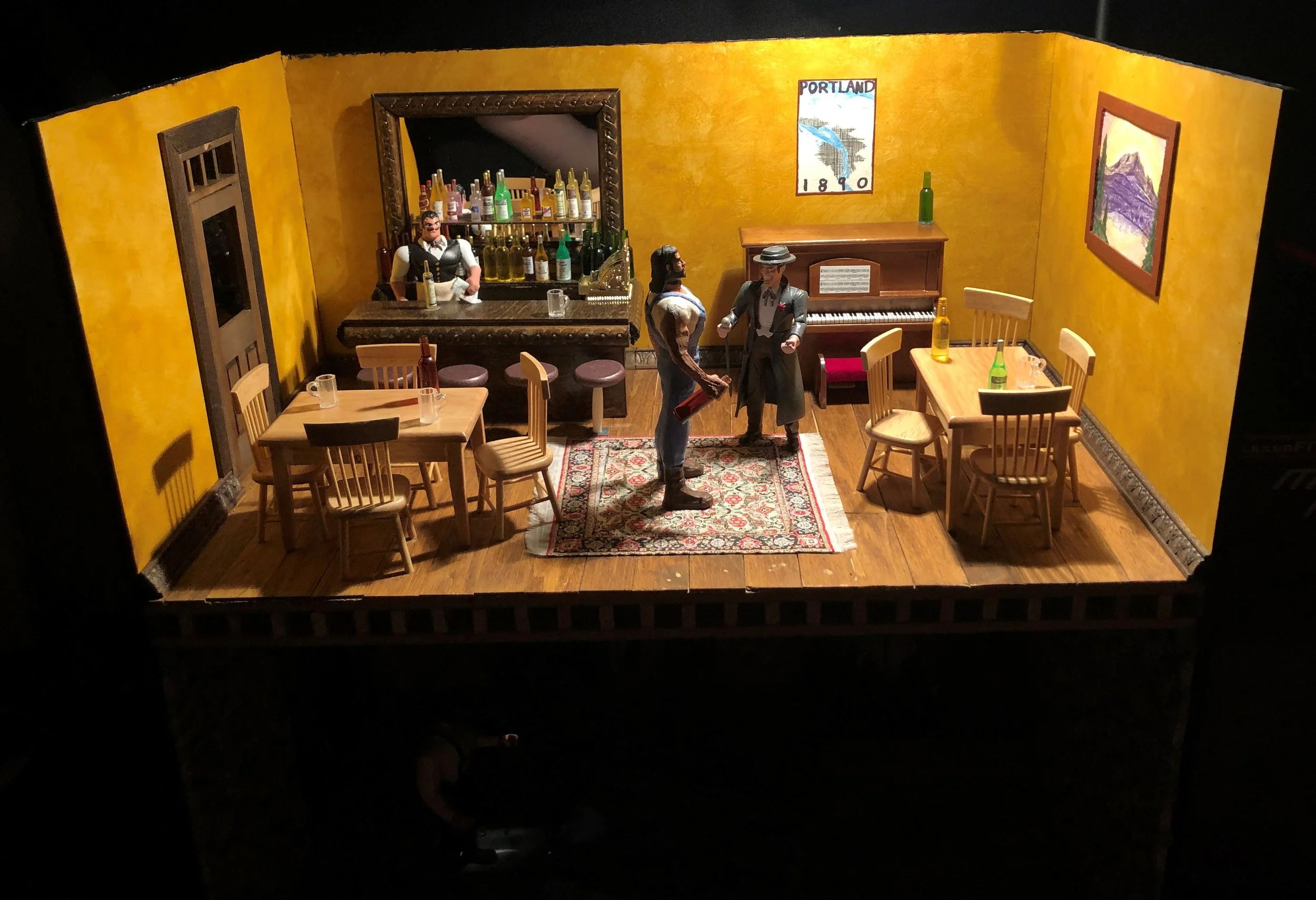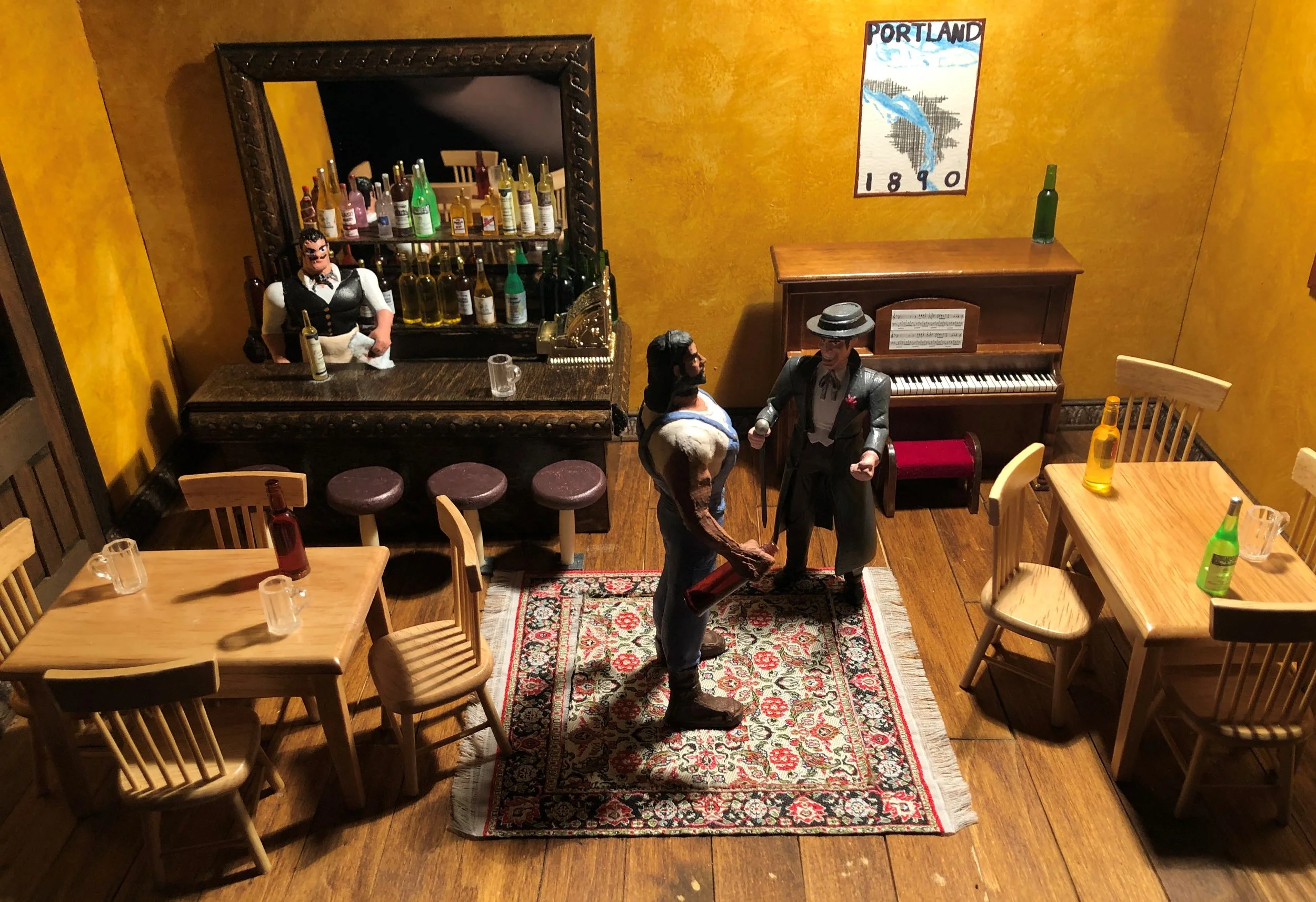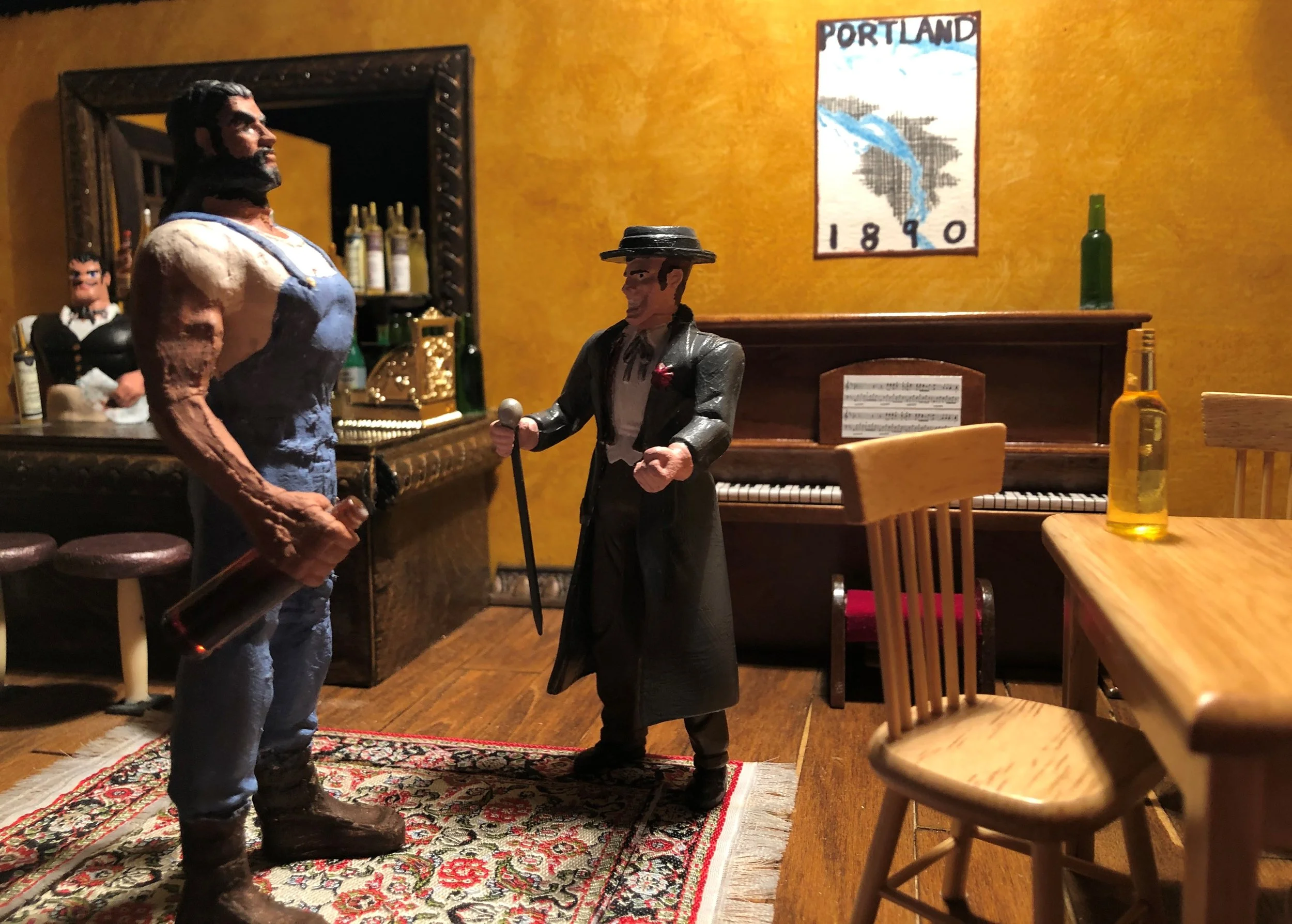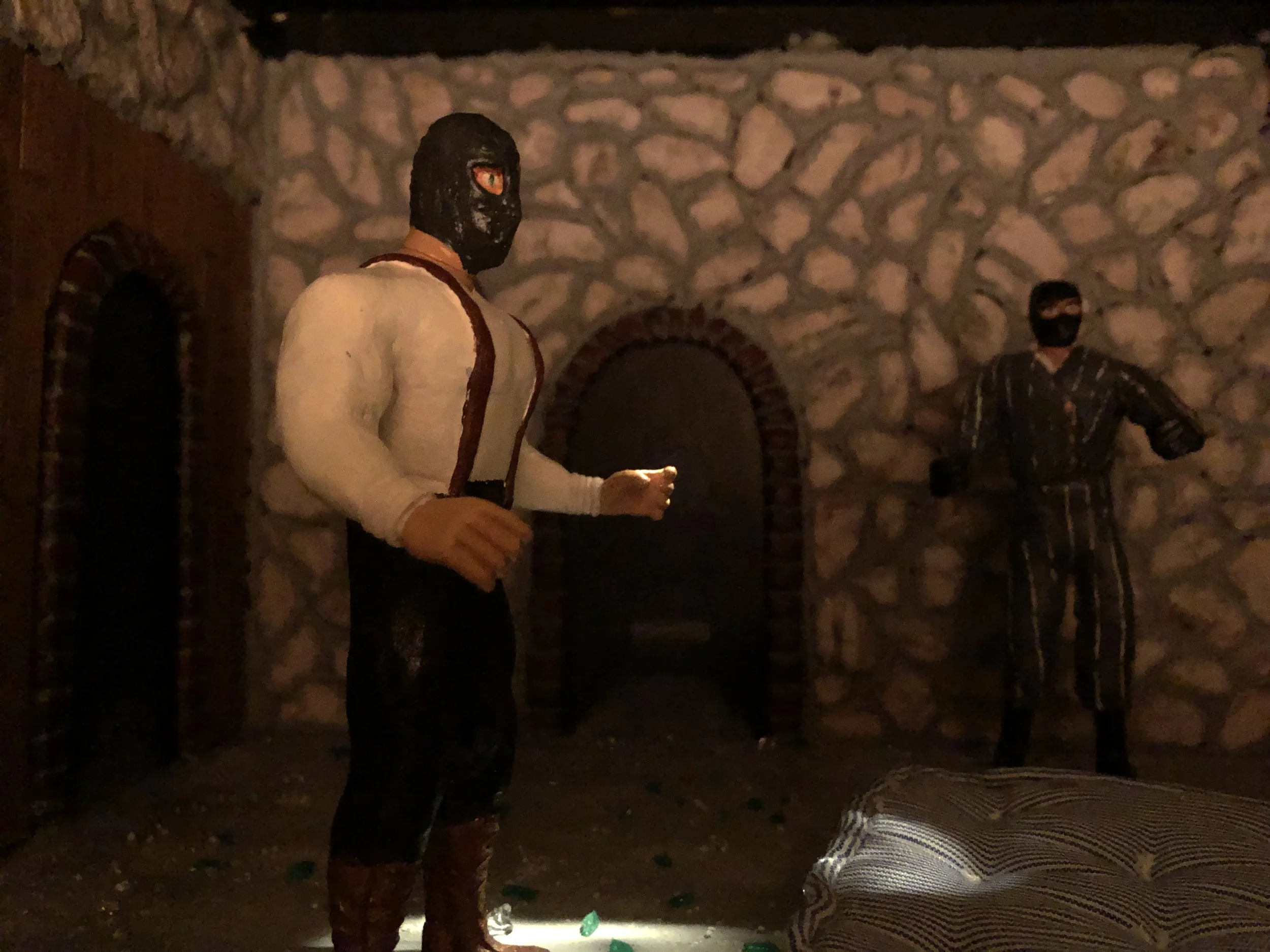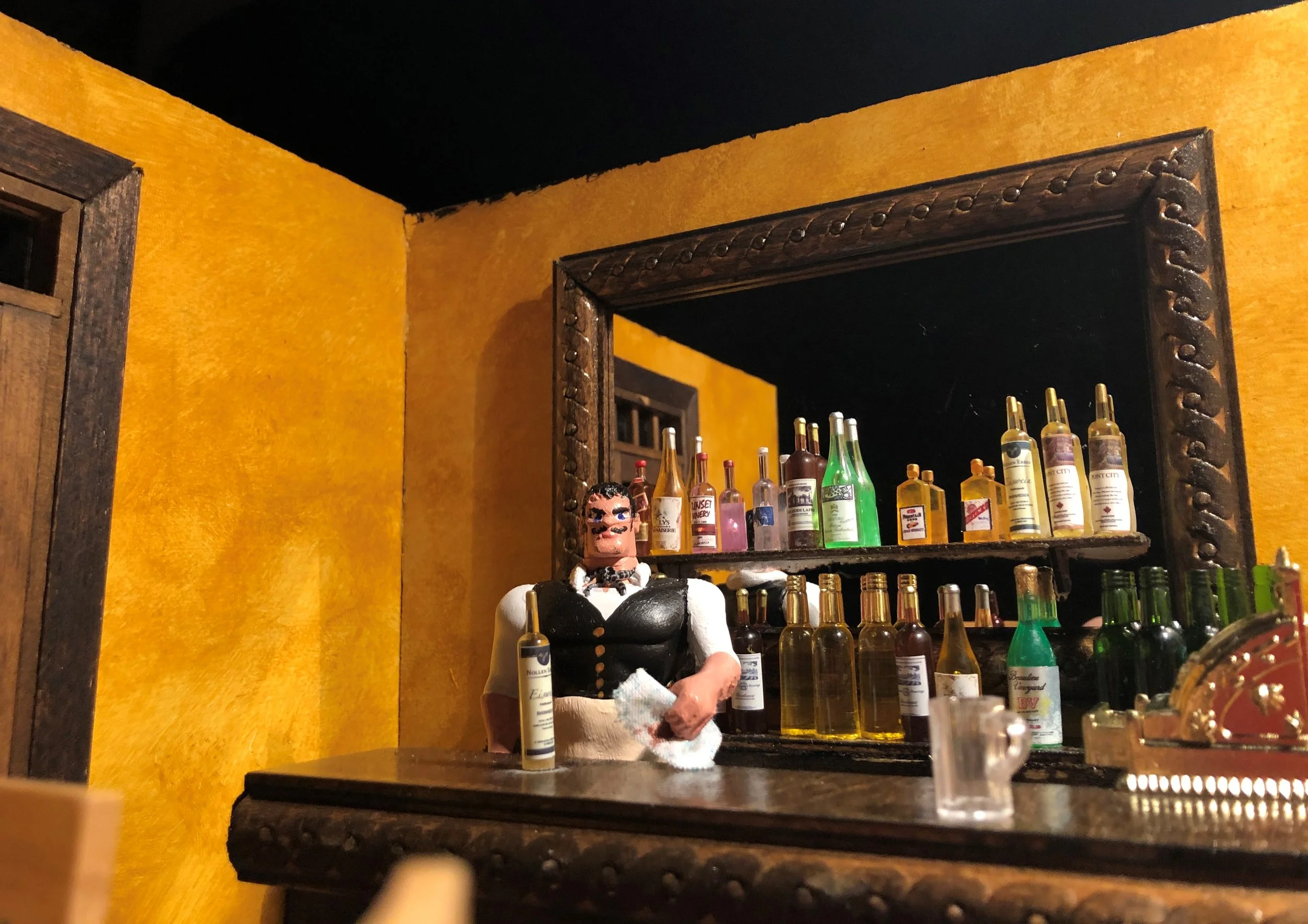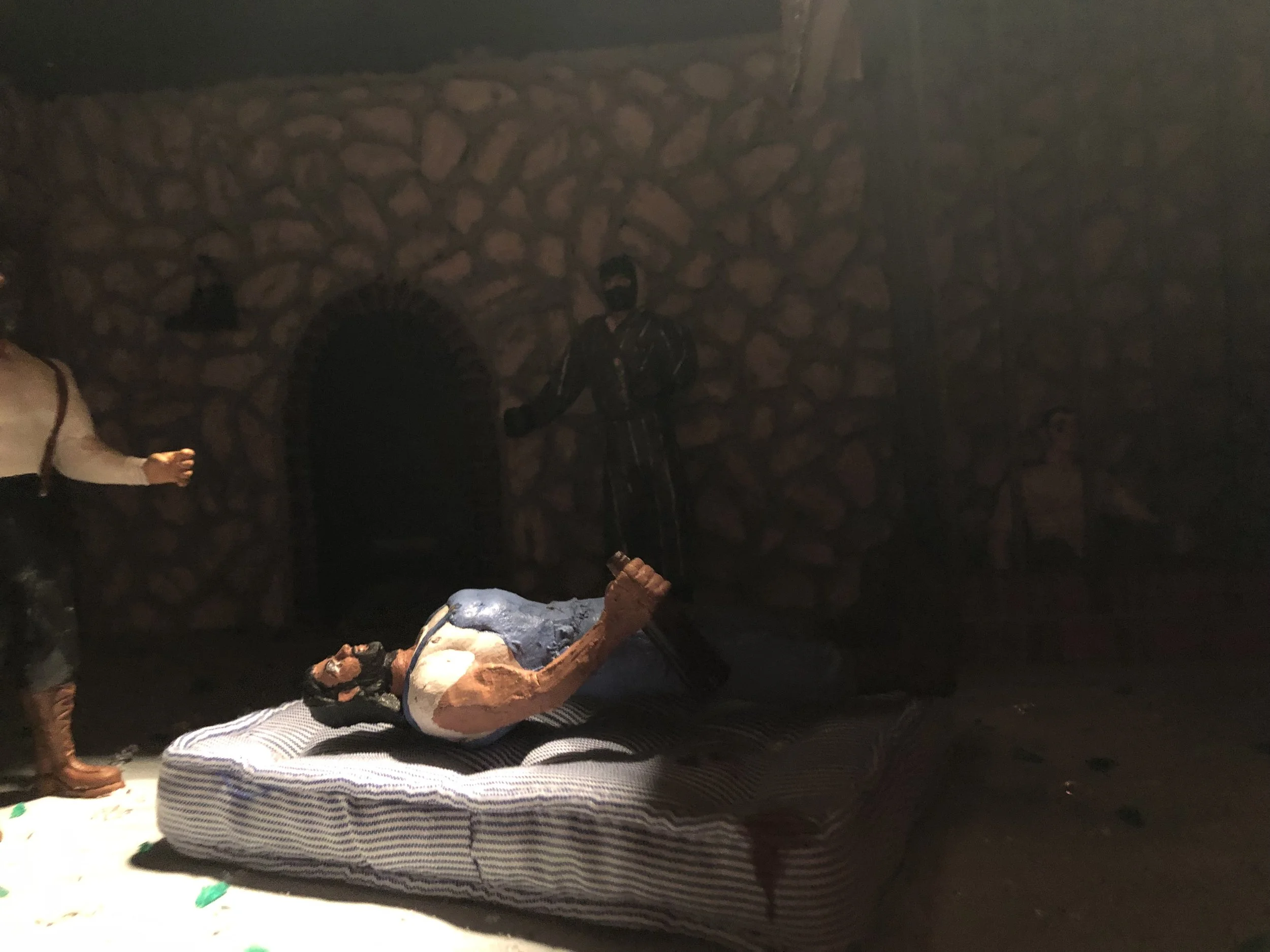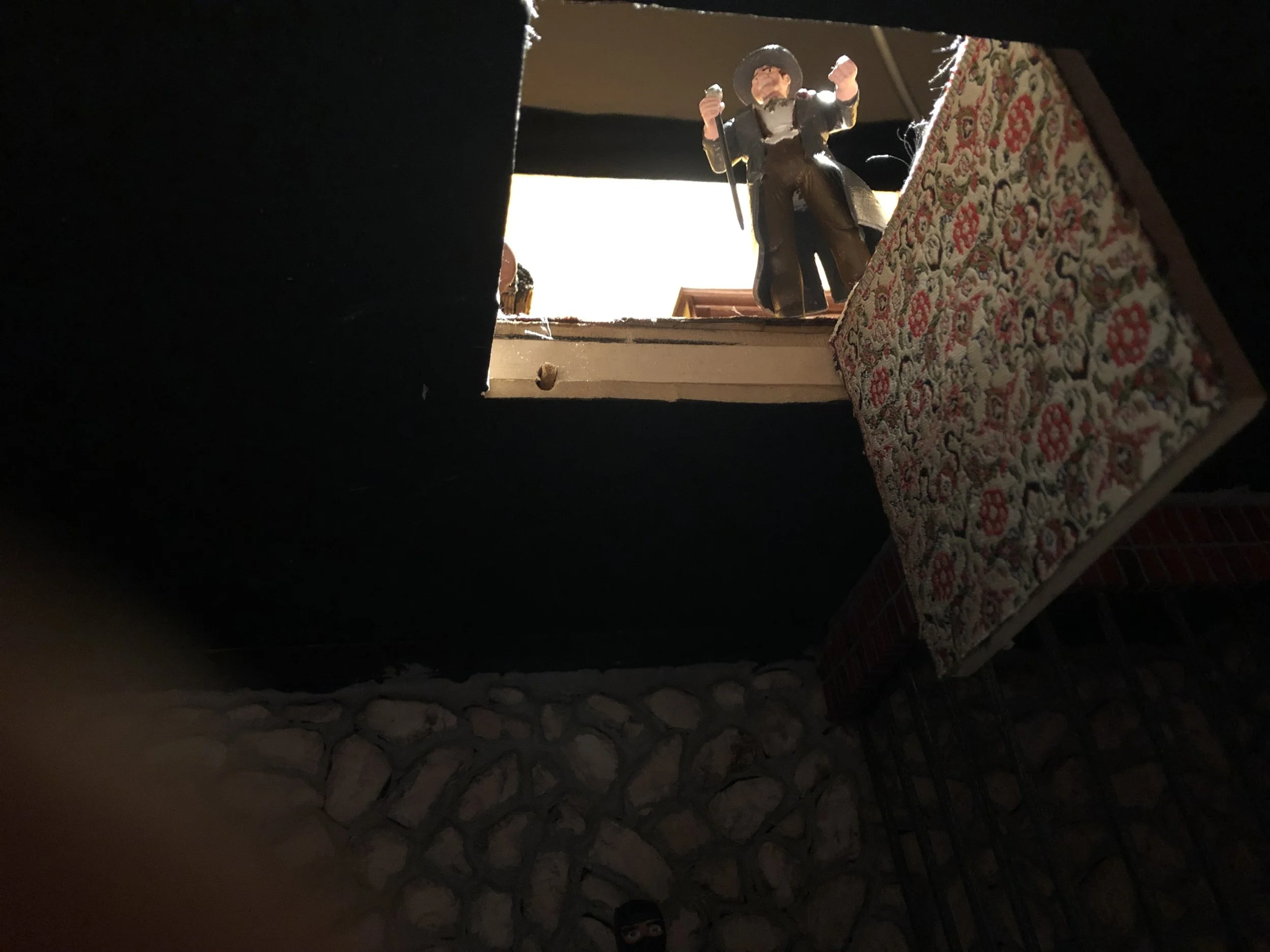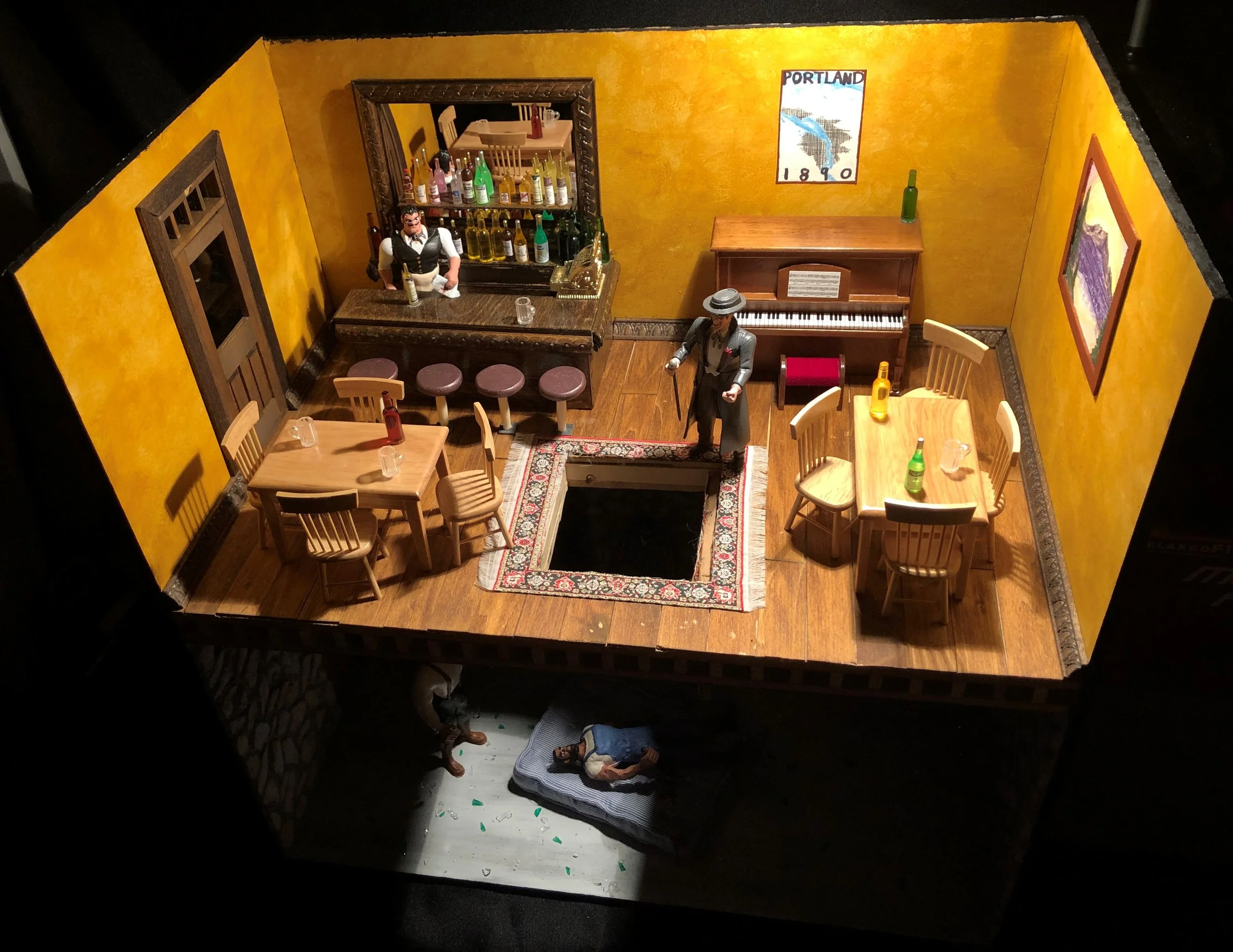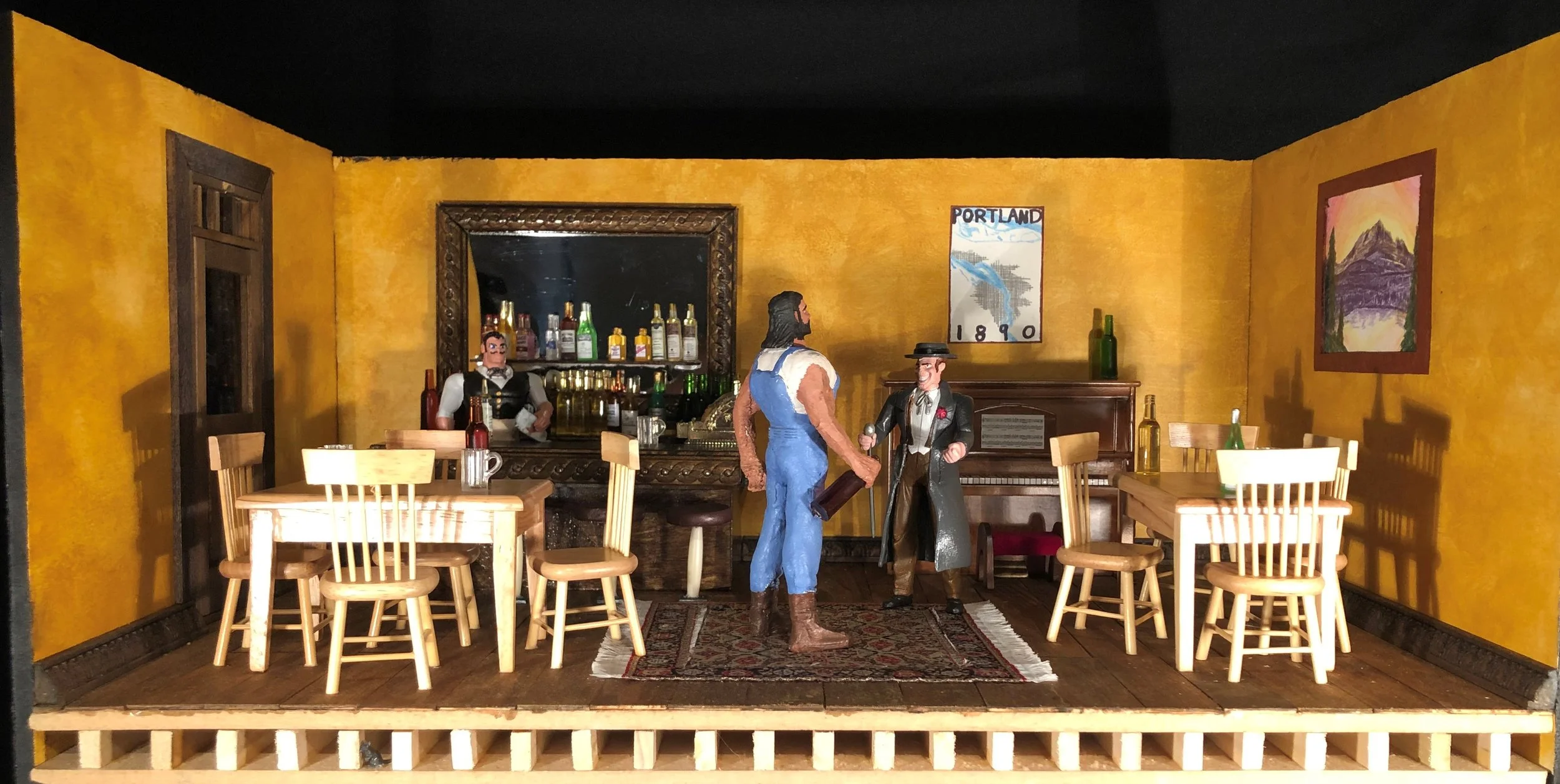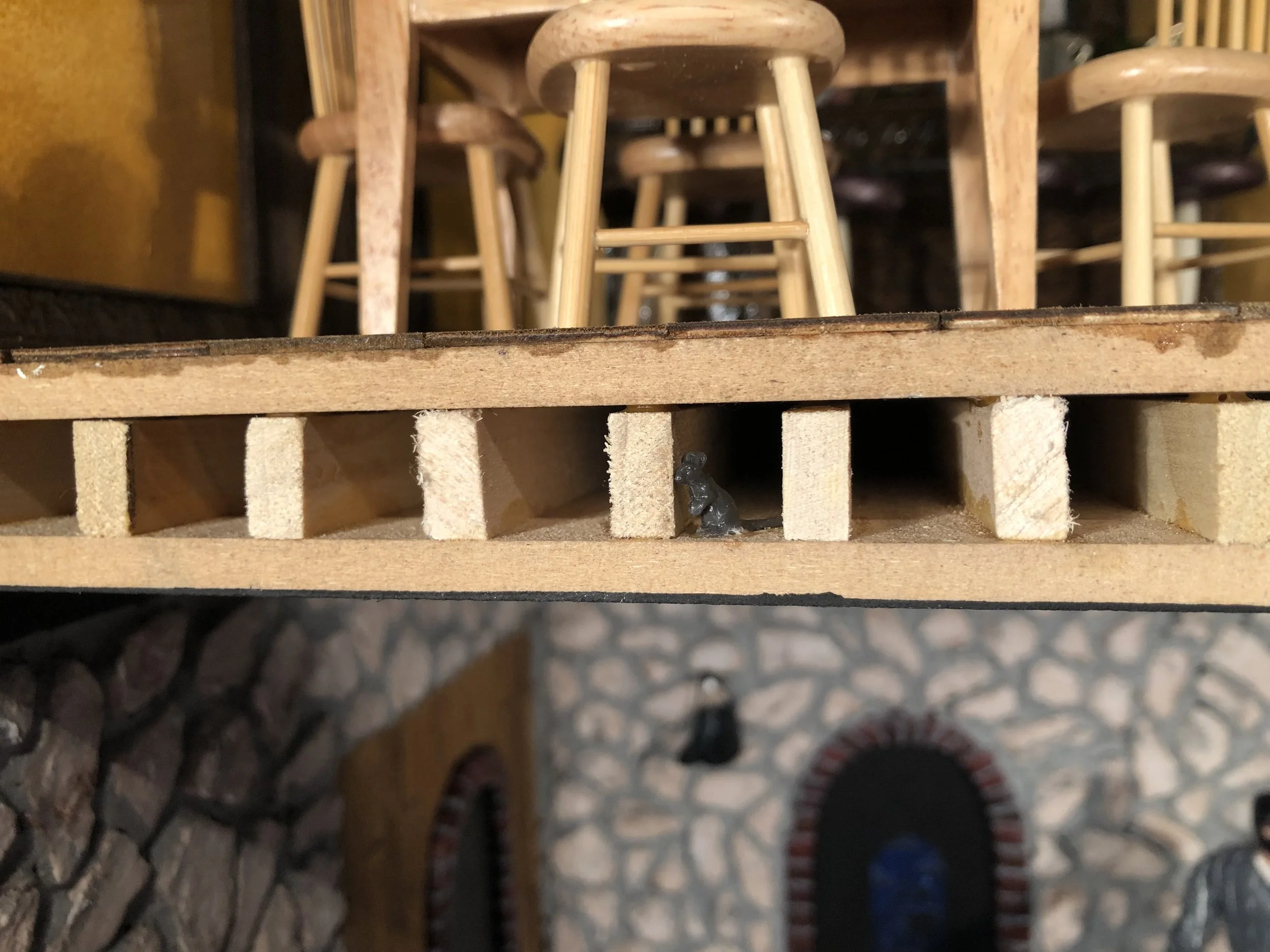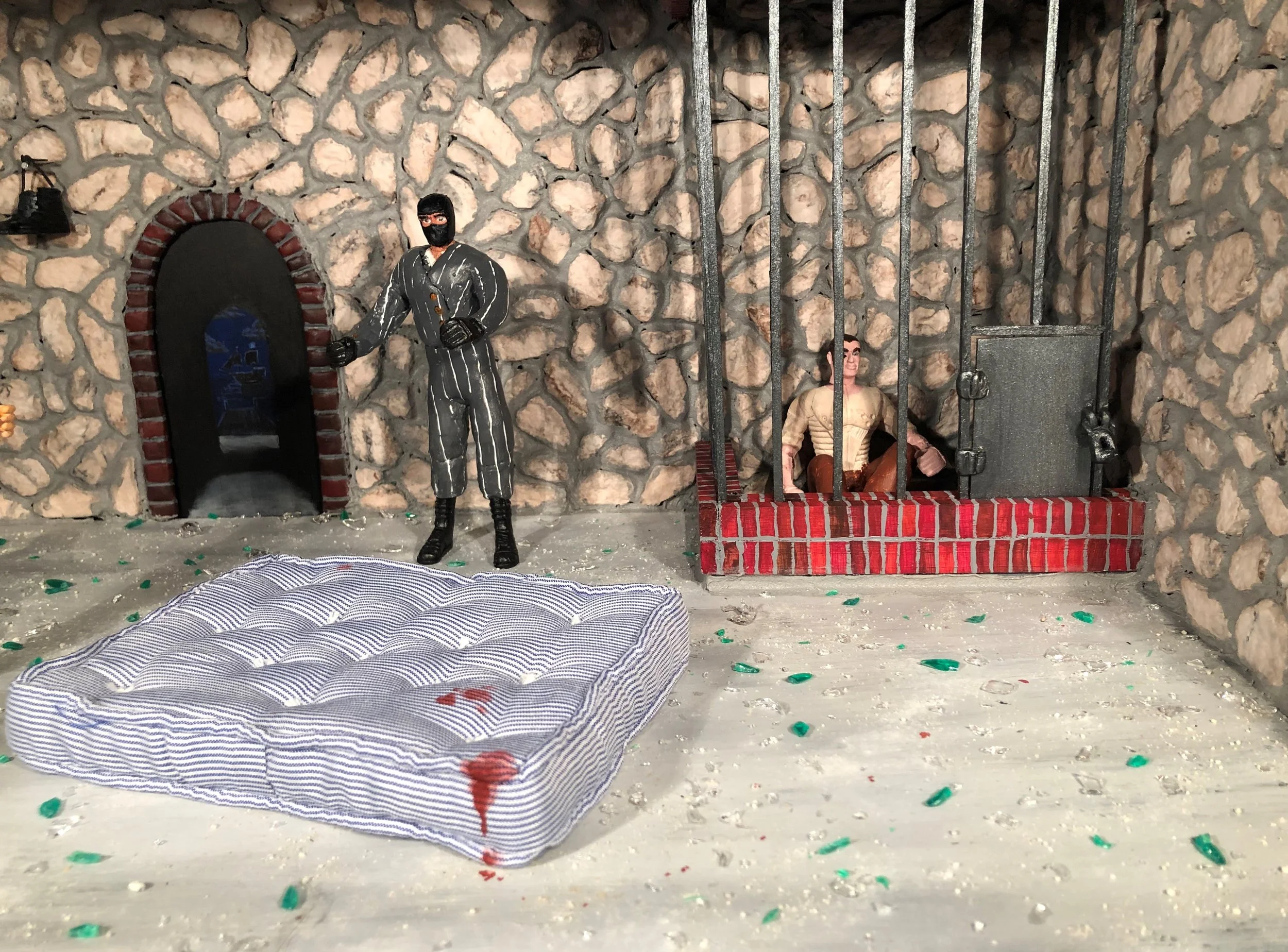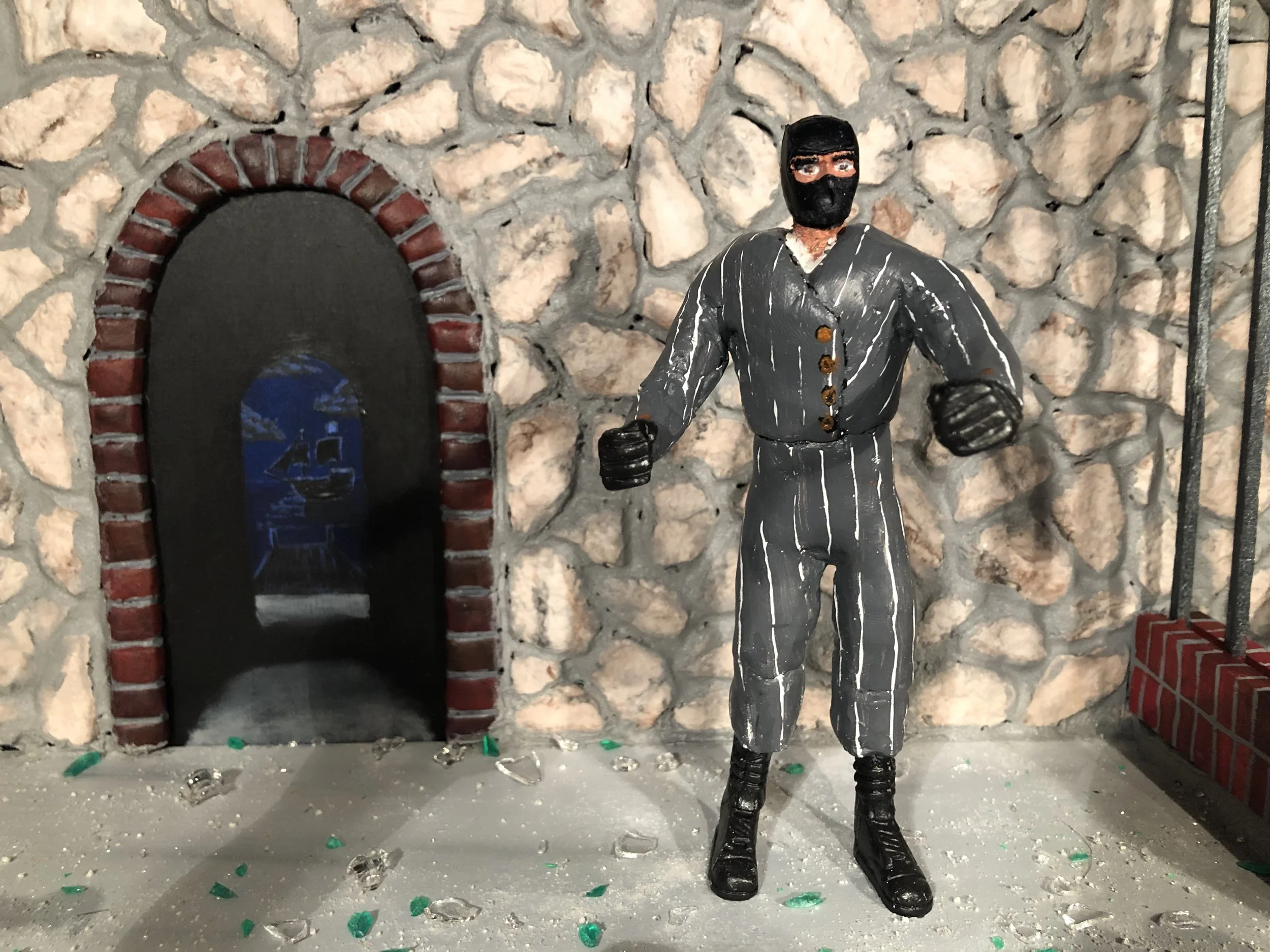Shanghai Tunnels
In 1800’s America, there was often a shortage of labor for the country’s bustling shipping industry. To meet the labor demands, the practice of “Shanghaiing” was widespread. To “Shanghai” someone, you would force them to work aboard a ship against their will through violence, drugging, trickery, or often outright chicanery. Being that these individuals were most often knocked out or drugged, one minute they would be living their everyday life, and the next they would wake up on a boat to Shanghai, China. They would be faced with a terrible choice: become a slave-laborer on this ship with the hope they would one day return to America, or be thrown overboard somewhere in the Pacific Ocean. Most chose to live, no matter how uncertain their future may be. On the return voyage to America, men could be seen jumping overboard and swimming to shore the moment that land became visible.
On the west coast, Portland, OR. became the hotbed of this activity when the California gold rush drained even more of the local labor force. One known method of “Shanghaiing” in Portland was a multiple-person operation involving a local tavern. An unsuspecting man, perhaps a local miner coming down from the mountains to enjoy the fruits of his labor, would enter this tavern. He would be encouraged to drink copiously, and as the tavern began to clear out for the night, the bartender would drug his drink. A smooth-talking confidence man would slowly move him to a certain area of the tavern. Then, the bottom would drop out as a trap door was triggered by the bartender, and he would fall into Portland’s underground. A mattress would be placed below the trap door, to soften the fall, as a man with broken limbs was no help aboard a ship. There, a couple of men would be waiting to knock him out unless the drugging and fall had done it for them. The unconscious man would either be taken through a secret tunnel directly to the docks and sold to a ship captain, or would be locked in a makeshift jail cell to await the next undermanned ship that sailed into town. To discourage escape, his shoes would be taken and broken glass would be scattered on the floor.
Though multiple pieces of legislation were passed with the goal of ending the practice, it continued well into the 20th century and only ended when ships became steam powered and the demand for labor aboard them diminished. Portland’s Shanghai Tunnel network still exists today under the streets of Portland, a dark reminder of the city’s more lawless past.


